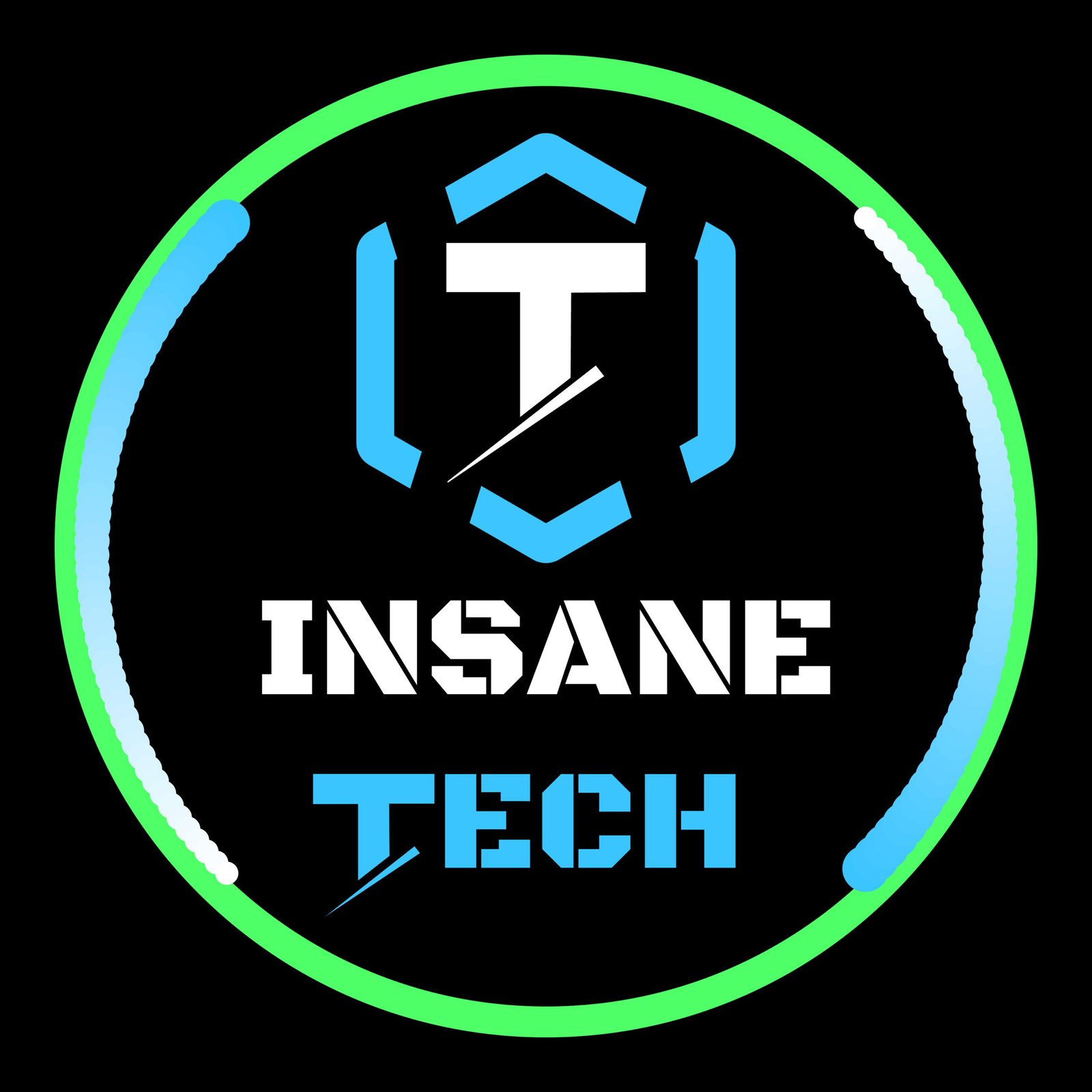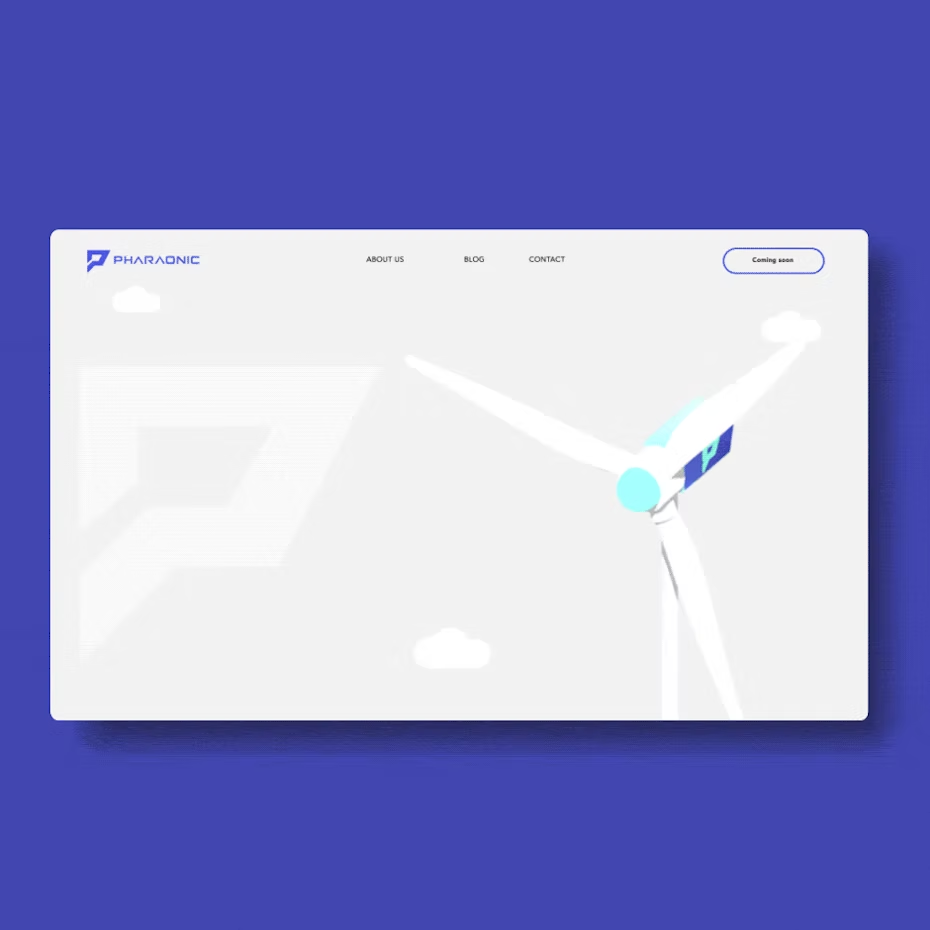Web Development: Top React Website Frameworks for Developers
Introduction
React has become one of the most popular JavaScript libraries for building user interfaces, and its ecosystem includes several powerful frameworks tailored for different needs. Here’s a look at the top React frameworks that can elevate your development experience and help you create outstanding web applications.
Why it’s popular:
Next.js is a leading React framework offering server-side rendering (SSR), static site generation (SSG), and dynamic routing. Known for its performance and SEO capabilities, it simplifies the development of modern web applications.Best for:
SEO-driven websites, eCommerce platforms, and large-scale applications.Key Features:
Automatic static optimization.
API routes and incremental static regeneration.
Integrated TypeScript and CSS support.
Why it’s popular:
Gatsby is a React-based static site generator designed for blazing-fast websites. It leverages GraphQL to pull data from various sources, making it a great choice for content-heavy sites.Best for:
Blogs, marketing websites, and portfolio sites.Key Features:
Pre-fetching and image optimization.
Plugin ecosystem for added functionality.
Progressive web app (PWA) support
Why it’s popular:
Remix is a full-stack React framework focused on performance and user experience. It offers seamless server-side rendering and robust data-fetching capabilities.Best for:
Modern web applications that need advanced routing and optimized performance.Key Features:
Nested routes for better organization.
Real-time data mutations.
Built-in error handling.
Why it’s popular:
Chakra UI is a modular and customizable component library that speeds up the design process while ensuring accessibility.Best for:
Rapid prototyping and accessible designs.Key Features:
Pre-styled components.
Dark mode support.
Highly customizable themes.
Why it’s popular:
Material-UI implements Google’s Material Design principles, providing a robust component library for building visually consistent UIs.Best for:
Dashboards, admin panels, and apps requiring consistent design.Key Features:
Ready-to-use components.
Comprehensive documentation.
Customizable themes.
Why it’s popular:
React Admin simplifies the development of admin dashboards with pre-built components and features like CRUD operations.Best for:
Admin dashboards and management systems.Key Features:
Built-in authentication.
Data connectors for multiple APIs.
Intuitive layout customization.
Why it’s popular:
Blitz.js is inspired by Ruby on Rails and provides a full-stack experience with built-in features like authentication and ORM integration.Best for:
Full-stack applications with React.Key Features:
Zero API layer.
Highly productive developer tools.
End-to-end type safety.
Why it’s popular:
Redwood.js is a full-stack React framework integrating Graph QL APIs and Prisma for database management. It’s tailored for building scalable applications.Best for:
Startups and SaaS applications.Key Features:
Built-in deployment support.
Tight integration with React and Graph QL.
Community-driven ecosystem.
Why it’s popular:
Reakit offers low-level UI primitives designed to build custom component libraries with accessibility in mind.Best for:
Custom UI component libraries.Key Features:
Headless components.
Focus on accessibility.
Highly flexible for advanced use cases.
Why it’s popular:
Razzle abstracts complex Webpack configurations, making it easier to build server-rendered React applications.Best for:
Server-rendered React applications.Key Features:
Simple configuration.
Supports multiple frameworks.
Optimized for both SSR and client-side rendering.
Conclusion
Choosing the right React framework depends on your project’s requirements, whether it’s performance, SEO, scalability, or design flexibility. Frameworks like Next.js and Gatsby are perfect for SEO and speed, while options like Remix and Redwood.js cater to full-stack needs. Dive into these frameworks and pick the one that aligns with your goals to create outstanding applications!

